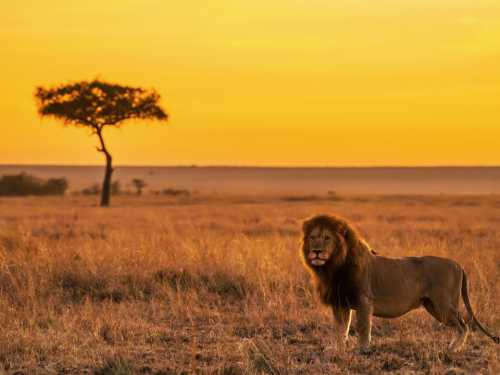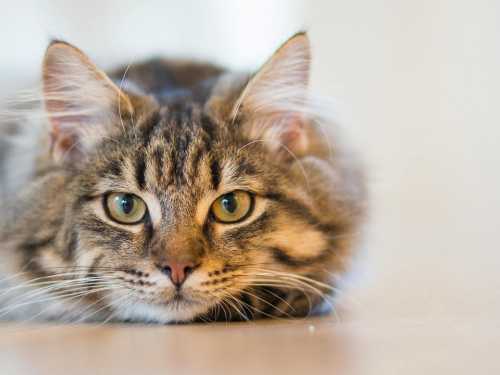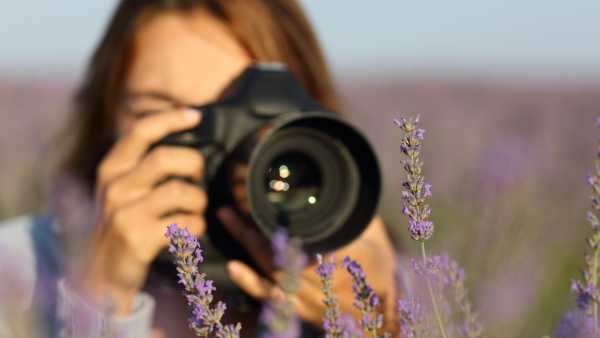
In the life of a male lion, “everything good” happens around the age of 5-10, when he is healthy and full of strength.
Then old age sets in, and you have to “retire.” Or rather, run away, because no one leaves of their own free will—a stronger lion comes along and simply “drives you by the neck.”
And it all starts with the fact that at about the age of 5-6, an adult male, previously expelled from the pride, as part of a so-called coalition, together with his brothers, takes over the pride and drives out or kills the old leader.
For some time, female lionesses are wary of the “visiting guests” (especially after they deprive them of their cubs), but gradually they get used to it and come to terms with it.
From this very moment, the lion becomes the “king” and begins to live accordingly: he spends most of his time lying in the shade and waiting to be called for dinner.
Sometimes he himself participates in the hunt.
But in general, the pride leader tries not to strain himself – after all, he must be ready to defend his territory from rival lions. And for this, he must adhere to two conditions: eat well and get plenty of rest.
Usually, a lion's “reign” does not exceed 2-3 years. But if the coalition of adult male lions is strong enough, they can stay in one place for about 4-5 years.
However, over time, the lion ages and loses its shape. And there are more and more young and promising ones around, which it is not always possible to cope with.
Being kicked out of Pride is not only a “painful procedure,” but also a huge psychological trauma. To go through such humiliation twice… It's insulting and upsetting, but there's nowhere to go – you have to live on.
But how to live?
In the pride, the rear was always reliably protected by lionesses, and with the “retirement” you always have to keep your ears sharp.
Since the lion is already old, trying to find a new pride is foolish. Here you need to rely only on your own strength. Hunt, fight off hyenas, run away from buffaloes and elephants.
And even hiding in the bushes – no, not setting up an ambush, but hiding so that no one notices and attacks.
It should be noted that young lions expelled from the pride at the age of 2-4 years have a much better chance of survival, because they become stronger every day.
In the case of an old lion, the situation is the opposite – every day he becomes weaker and weaker, and can no longer hunt properly. He also becomes thinner and more decrepit.
Eventually, the male lion, once a formidable predator and “king of beasts,” finds his death in the teeth of spotted hyenas or other carnivores. And sometimes large herbivores “settle scores” with him… And no one remembers him anymore.
Note: The text uses artistic metaphors and anthropomorphisms for expressiveness. Complex human emotions such as “humiliation” or “psychological trauma” have no scientific basis in animal behavior. Lions experience stress, pain, and fear, but their reactions are driven by survival instincts, not human understanding of these emotions.





